contact
Theremin Center
Moscow State Conservatory
Bolshaya Nikitskaya 13
Moscow, 125009
Russia
![]()
Theremin Sensors Workshop |
| = 4-5 days with final concert-presentation of results = |
This intensive workshop offers hands-on introduction to interactive systems, based on the theremin-sensor technology developed by Andrei Smirnov and based on the same principle as a well known electronic musical instrument the Theremin, invented by Russian inventor Leon Theremin in 1919. The sensors are small and sensitive digital Theremins useful for numerous applications including motion tracking, gestural interfacing, monitoring of small variations of electrical capacitances related to any sorts of conductive materials and media, including metal objects, foil, liquids, water, human body, plants, metal threads, thin plastic films with metallization, all sorts of Christmas stuff etc.
The workshop is oriented on sound and media artists, composers and musicians, who have particular interest in sound art and interactive systems, forgotten history and musical technology in general. The theoretical introductions, which accompany a workshop, give detailed technical overview of sensor technology and construction, basic principles of operation of the theremin based systems, art and music applications, useful concepts and ideas, condensed historical content, mostly related to almost forgotten historical facts. Participants will learn = How to detect different sorts of motion and measure it Requirements Software Minimal configuration
Analog and digital USB sensors for testing, experimenting and performance as well as all appropriate software libraries will be provided by instructor as well as different stuff for antenna construction. |
========================================= =Schedule=
Day#2 Day#3 Day#4 Last day ========================================== |
|
Learn More:
Extra Links: |
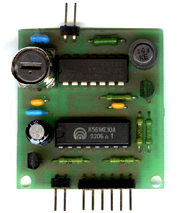
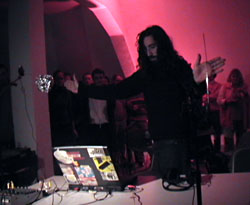 As a starting point of the workshop participants will convert their laptops into digital multichannel Theremins to develop further during the workshop different interactive audio/video installations, motion capturing systems, unusual gestural interfaces and unique musical instruments.
As a starting point of the workshop participants will convert their laptops into digital multichannel Theremins to develop further during the workshop different interactive audio/video installations, motion capturing systems, unusual gestural interfaces and unique musical instruments. 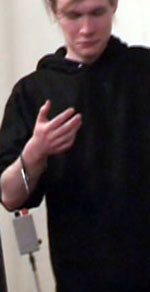 Each participant should have a computer with an audio input and headphones.
It could be useful to have as many mic stands as participants. All computers and software should be configured and checked in advance (!).
Each participant should have a computer with an audio input and headphones.
It could be useful to have as many mic stands as participants. All computers and software should be configured and checked in advance (!). 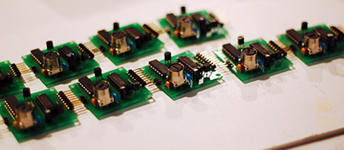
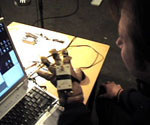 Day#1
Day#1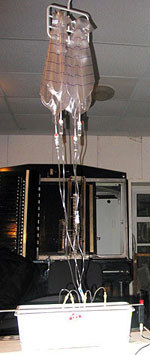 Multichannel t-sensor systems: development and programming.
Multichannel t-sensor systems: development and programming.